Solid State Active Cooling: a new conceptual cooling system that might bring desktop-grade processors or GPUs into laptops or notebooks or even ultrabooks. Ok, jokes apart but yes the cooling system is way more capable than the traditional fan mechanisms used in our laptops for decades. In CES 2023 Flore System introduced us to ‘AirJet’ – A chip that can blow harder. In Just a 27.5 x 41.5 x 2.8 mm form factor it can throw 10 times more air with 10 times more pressure than a 5V traditional laptop fan. Which not only increases the performance but also helps manufacturers to create a dust-proof laptop, notebook, or ultrabook. So, without further ado let’s dive deep into the future.
Form Factor – So Small
Currently, Frore System introduced two different Versions: AirJet Pro and AirJet Mini. AirJet mini is just 27.5 x 41.5 x 2.8 mm. And the AirJet pro is 31.5 X 71.5 X 2.8 mm. The dimension of the AirJet pro is too similar to the traditional 2280 NVME SSD. AirJet mini & AirJet Pro are just the beginning of solid-state cooling systems. With time Frore System can even make this device much more efficient. Maybe in the future, an AirJet like a 3-inch fan can be capable of dissipating the heat of a CPU with a TDP of 100W.

Cooling Capability of AirJet
Believe it or not, that small AirJet mini can capable of dissipating up to 5W of heat at its maximum potential. On the other hand, the AirJet pro can dissipate 10W of thermal energy. No, these are not small numbers. These solid-state coolers can be stacked side by side to increase the capability of heat dissipation. For example 5 AirJet Pro can cool a 50W CPU. How cool is that! It can blow air up to 200 km/h. That’s really impressive.
Also Read: Why Do Laptops Overheat? Laptop Heating Issue Fixed!!
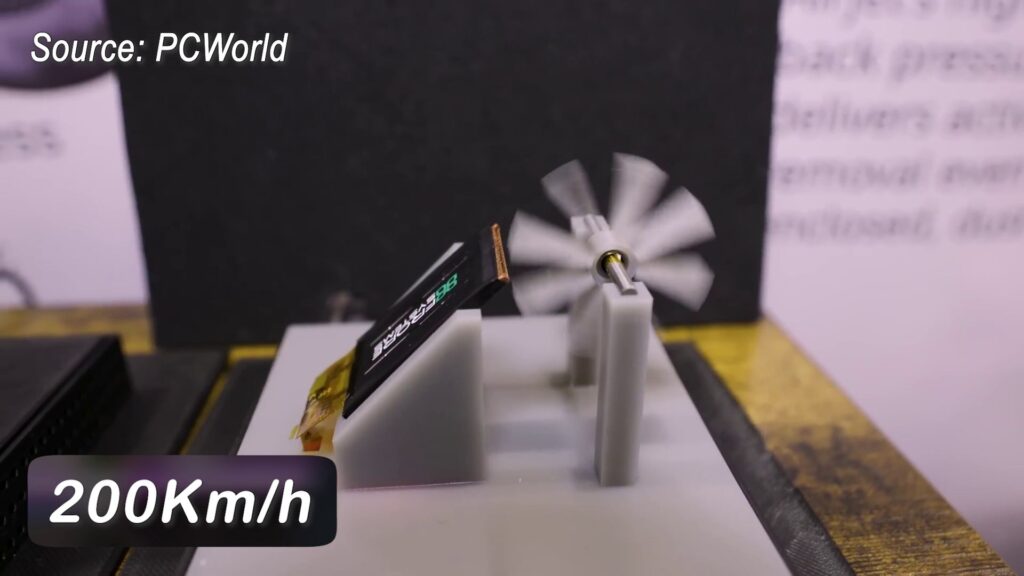
How Solid State Coolers Work?
In simple terms, they work in vibration. There are tiny – tiny membranes inside the AirJet chip. Which actually vibrates but not at an audible frequency. They work on ultrasonic frequencies which are beyond human hearing. No, if until now you are thinking that AirJet works on Peltier Effect or Refrigeration Effect then you are completely wrong. Do you know how much power these solid-state coolers consume? With AirJet mini, it is Only 1W and with AirJet pro the value is beeped up a little bit to 1.75W. That’s it. Perfect for portable devices. If this tech works on Paltier or refrigeration effect then the power consumption would be huge.

There are inlet air vents on the AirJet which suck the air. This air is then pushed with very high pressure on the heat dissipator which is set on the other side of the AirJet chip. This air will take the heat from the dissipator and throw it through a different air channel. If a processor is underneath the heat dissipator the heat of the processor will transfer to the heat dissipator of the AirJet chip. As the heat dissipator cools down the processor gradually does.
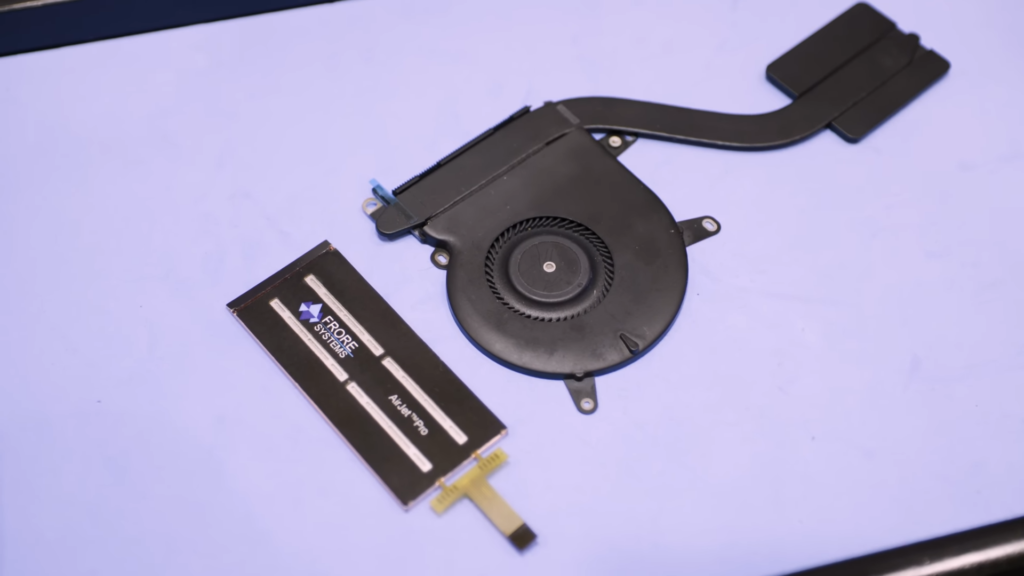
Heat pipes are Not Going Anywhere
There’s a Catch though, according to Frore System it is not recommended to directly mount the AirJet chip on the processor or GPU. The reason is quite obvious, it will increase the Z height of the device. Instead what they recommend is to use copper heat pipes with vapor chamber. That actually transfers the heat from the respective component.

Then on the side on top of the heat pipes AirJet chips should be mounted. According to them, this is the smart way of space utilization. Heatpipes with vapor chambers are very effective while transferring heat from one place to another.
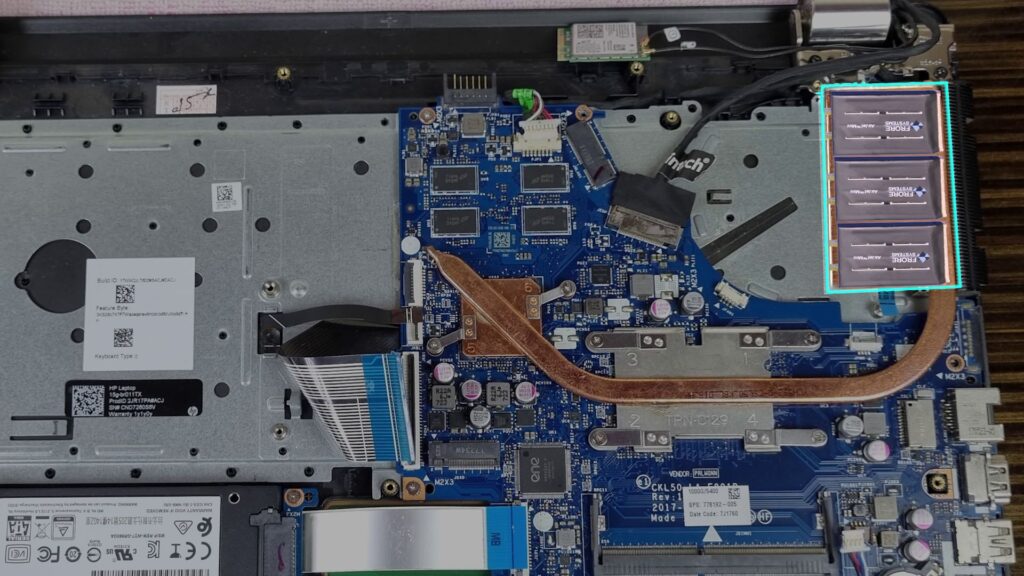
Back Pressure is Important in Active Cooling Systems
Another important aspect in which AirJet or this solid state active cooling technology is really breathtaking – Back Pressure. In simple words, back pressure is basically air pressure that the device can generate. Back Pressure is also with the fans. Let me explain:
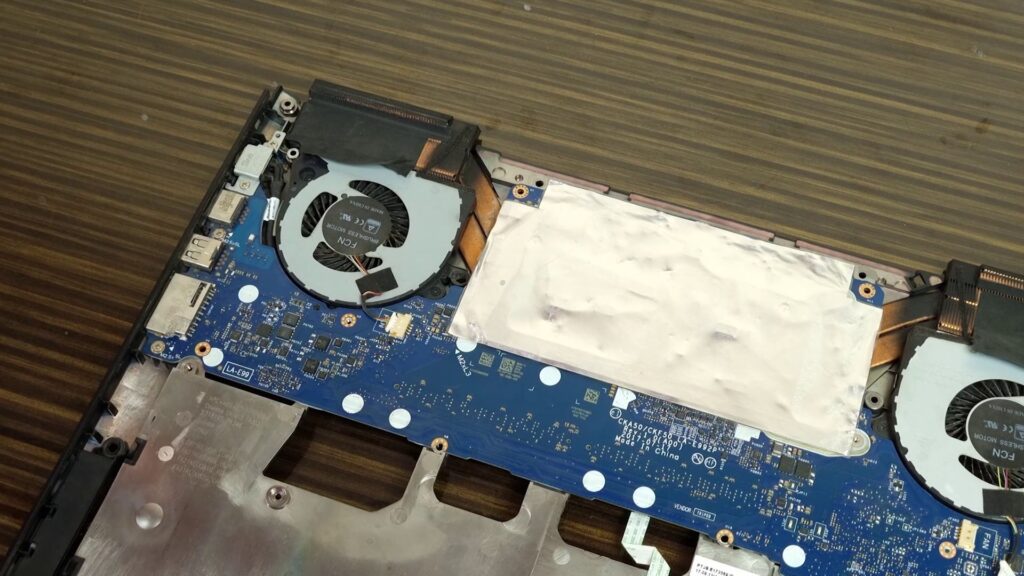
A fan is doing an airflow but if there’s a lack of pressure on the fan; air can’t properly flow in a congested area or if there are a lot of obstacles in front of it. If you take out a fan from the laptop and run it in open, it will blow a lot of air but when this fan is inside the machine you will realize that from the laptop there’s very little air coming out compared to the previous case. If air is flowing through congested areas then there’s a lot of resistance that tries to block the flow. The fan should be more capable that it can overcome this resistance.

Let me give you an example: In the CPU cooler of the desktop, the fan they used can not only blows air but also with huge pressure so that the air can flow through the fins of the cooler’s heat sink. As you might know, there’s a very little gap between the fins of the heatsink. Air must flow through that small area to properly cool down the heatsink. That’s why the fans of the CPU cooler aren’t normal airflow fans basically those are static pressure fans.

Anyway, the reason for a little airflow coming out from the laptop is that the fans used in the laptops can’t generate sufficient air pressure aka back pressure. A common laptop fan can only have a back pressure of 195Pa whereas the AirJet mini can offer a back pressure of 1750Pa. Almost 10 times.

No More Dust In the Laptop
1750Pa back pressure also helps to make a laptop dust resistant. Manufacturers can easily use dust-resistant material on top of the air vents to block the dust. Because of the low back pressure, it is almost impossible to do this with the fans. Dust-resistant mesh basically blocks the airflow completely with the fans. No more dust means better life expectancy and less maintenance.
Don’t Miss: Desktop Vs Laptop: Same Configuration Perform Differently: Why?
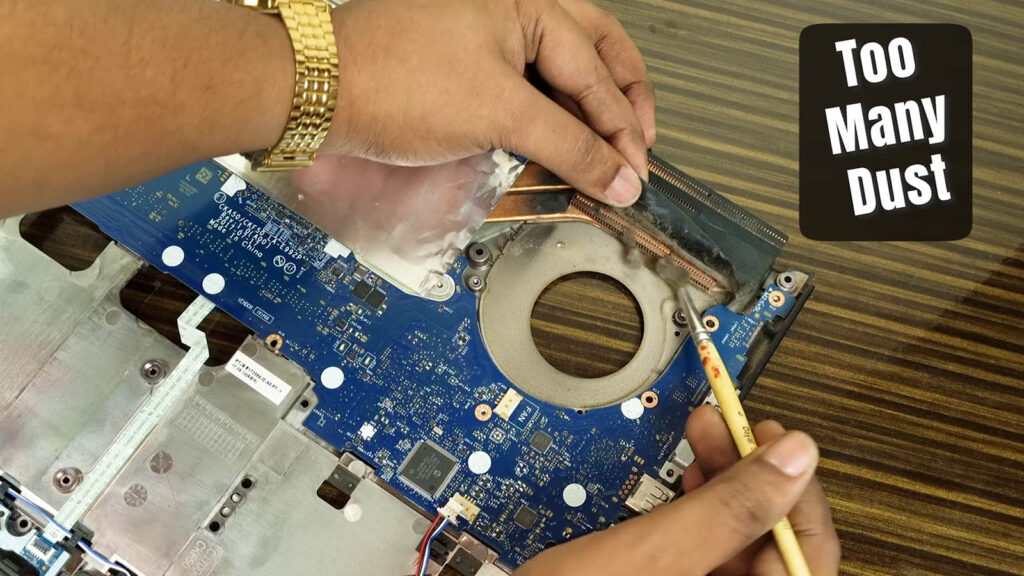
Fan Vs Airjet
Fan Vs Airjet comparison is already done by the Frore System in CES2023. They have used two galaxy book 2 Pro. One is with the official Samsung cooling system and one is modified with 3 solid-state cooling systems which in this case 3 AirJet Minis. The result is impressive.
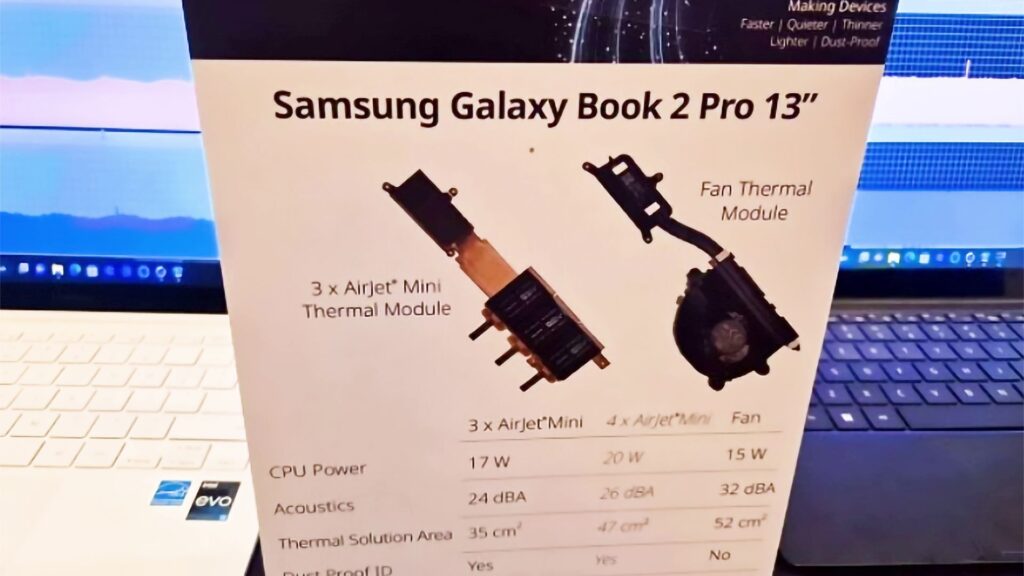
First of all, with 3 AirJet Minis the power of the CPU increases. From 15W with the fan to 17W with the AirJet mini. Next, there’s a huge difference in acoustics: with the fan, the noise level is 32 dBA whereas with AirJet noise level decreases drastically to 24 dBA. That’s really impressive. Also, the size of the cooling system of the laptop is also decreased with AirJet mini; With fan: 52Cm2 and With AirJet: 35CM2.
AirJet Would be in Our Smartphones?
Ofcourse, smartphone processors aka SOCs are becoming more powerful. They need cooling but right now apart from a few gaming phones smartphones heavily rely on passive cooling systems. That’s not as efficient as active cooling. That’s why we can’t game on smartphones or do heavy processing-intensive tasks for longer periods of time. The device basically heats up which not only reduces the performance but also there is a high risk of exploding the battery. It’s definitely hard to implement a fan inside a device that fits in your pocket. With AirJet it will be possible. Ofcourse, AirJet doesn’t allow to make a device water resistant but yes it would allow to create a smartphone with a lot of processing power. Ofcourse the size of the AirJet now is not suitable for smartphones maybe in the future, a smaller version of AirJet will help.
My Thoughts…
Seriously, AirJet is a revolutionary invention for compact devices. Now we will see huge performance improvements in laptops, notebooks ultrabooks, and even on smartphones. So, it is just time that matters. Solid-state State Active cooling will soon be everywhere. Maybe for a few years, it would be limited to high-end laptops. Later with the cost reduction of fabricating this technology, it will be seen in almost every range of devices.
